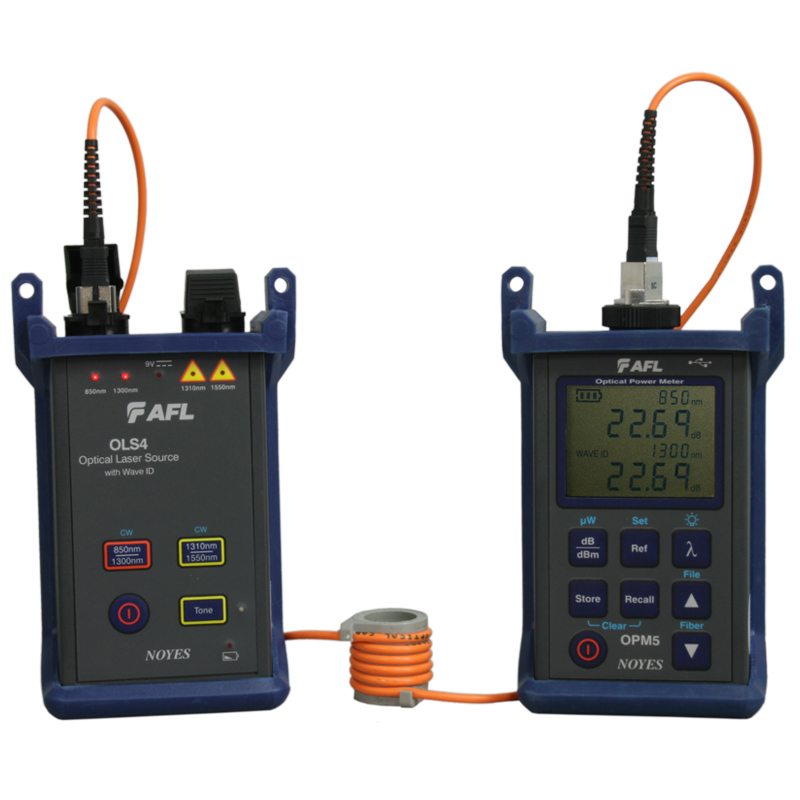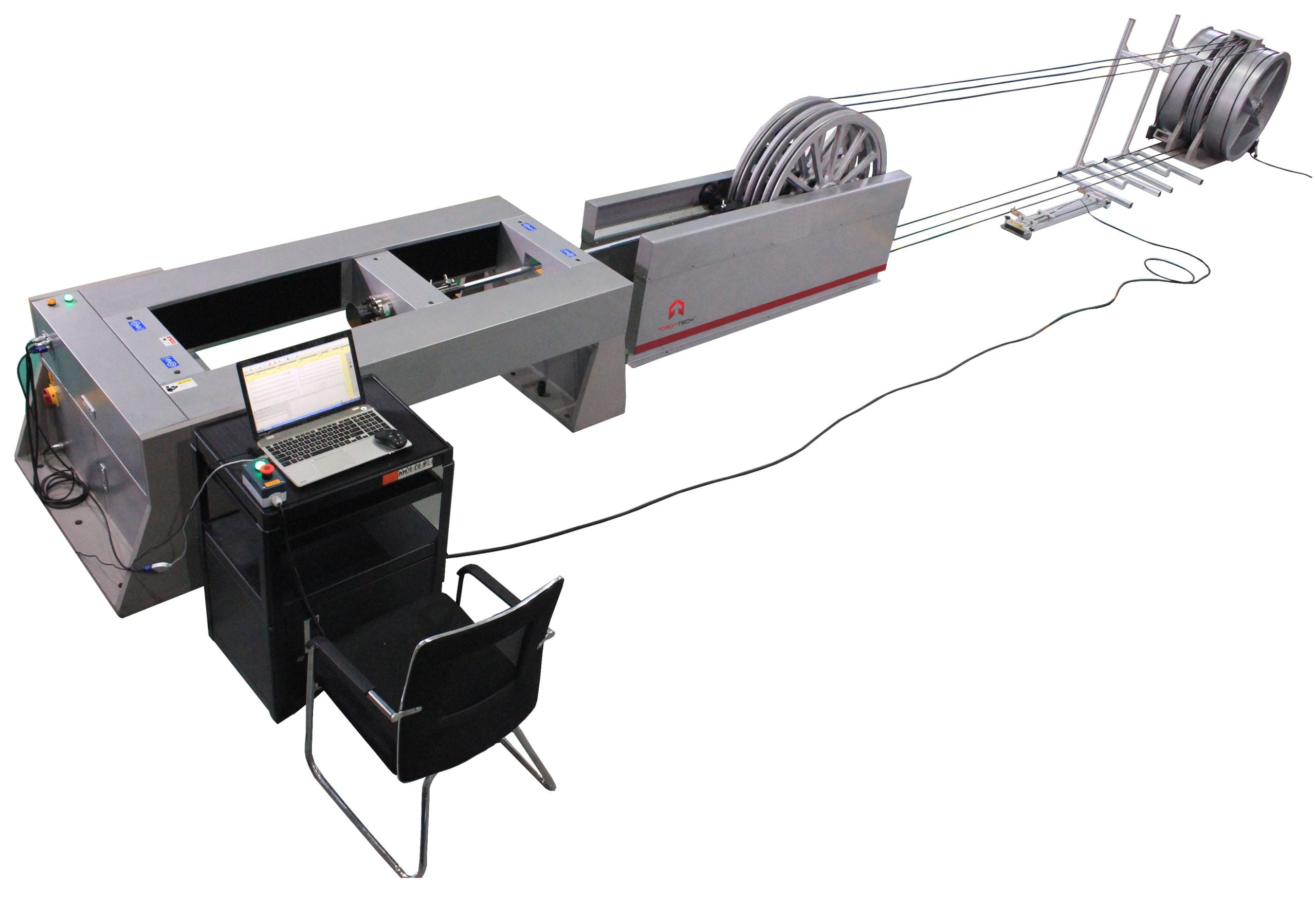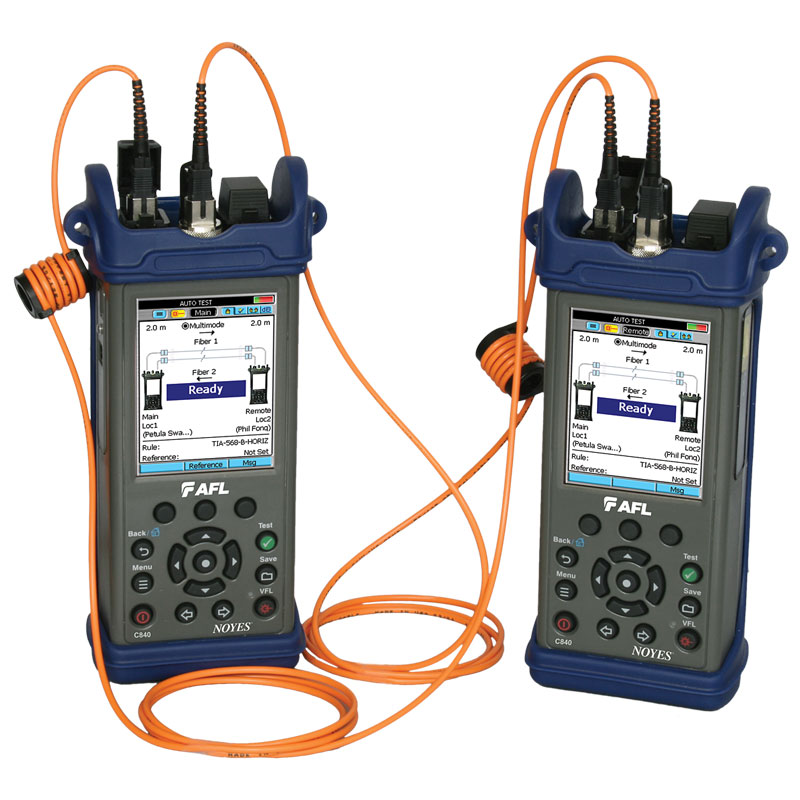Cutting-edge fibre testing equipment identifies defects and maintains fibre integrity.
Cutting-edge fibre testing equipment identifies defects and maintains fibre integrity.
Blog Article
Discover the Relevance of Optical Fibre Screening in Modern Telecommunications
In the realm of modern telecoms, the significance of optical fiber screening can not be overemphasized, as it offers as the foundation for making sure network dependability and performance. What are the specific advantages that regular testing offers, and just how might it form the future landscape of telecommunications?

Recognizing Optical Fiber Testing
Optical fiber screening is a crucial procedure in telecommunications that ensures the honesty and efficiency of fiber optic networks. This screening includes a variety of treatments created to assess the physical and useful qualities of optical fibres - robotic vision. Trick specifications evaluated consist of optical power loss, bandwidth ability, and fault area, which are necessary for maintaining high-quality interaction links
The testing procedure usually involves the use of specific equipment such as Optical Time-Domain Reflectometers (OTDR) and Optical Power Meters. OTDRs are used to identify and define faults, mates, and connectors within the fibre, while power meters gauge the transmitted light signal strength to establish efficiency.
Additionally, screening is carried out at numerous stages, including throughout installation, maintenance, and troubleshooting, to guarantee that the network satisfies market standards and operational demands. Conformity with standards established by companies like the International Telecommunication Union (ITU) and the Telecommunications Sector Association (TIA) is vital.
Advantages of Regular Checking
Normal testing of optical fibres returns many advantages that substantially boost network dependability and efficiency. One of the key advantages is the very early discovery of prospective issues, such as breaks or degradation in the fibre, which can cause pricey downtime if left unaddressed (optical fibre diameter analyser). By identifying these problems proactively, telecommunications providers can minimize service interruptions and guarantee constant connectivity for their clients
Furthermore, routine screening assists to preserve the stability of signal high quality. As optical fibres age, their performance can be impacted by factors such as environmental conditions and physical stress. Regular analyses permit for the surveillance of signal loss and total transmission efficiency, making certain that the network runs at ideal levels.
Another substantial advantage is conformity with industry criteria. Routine screening supports adherence to governing demands, thereby alleviating legal and economic risks related to non-compliance. It enhances the overall life expectancy of the fiber infrastructure by assisting in prompt maintenance and repair services.

Common Checking Approaches
Testing optical fibres utilizes numerous methods to ensure the integrity and performance of telecoms networks. Amongst one of the most common techniques is Optical Time Domain Reflectometry (OTDR), which examines the whole size of the fibre by sending a pulse of light and measuring the reflections triggered by imperfections or breaks. This technique supplies Get More Information thorough information about the location and seriousness of faults.
One more common technique is making use of Optical Power Meters, which gauge the quantity of light sent via the fiber. This strategy aids establish the loss of signal strength, ensuring that it meets industry requirements. Additionally, Visual Fault Locators (VFL) are employed to identify breaks or severe bends in the fiber by predicting a noticeable laser light right into the wire.
Insertion loss screening is additionally critical, as it quantifies the loss of signal power arising from links and interlaces within the network. The use of Polarization Setting Diffusion (PMD) testing evaluates the impact of fiber attributes on signal stability.
Each of these methods plays an important function in preserving the performance and reliability of optical fiber networks, eventually adding to smooth telecommunications operations.
Effect on Network Efficiency
The honesty and efficiency of optical fibre networks straight influence overall network efficiency. In contemporary telecommunications, the performance of data transmission counts heavily on the quality of the optical fibers used. Any kind of deterioration in the fibre's condition-- whether due to physical damages, contamination, or extreme bending-- can cause enhanced attenuation and signal loss, dramatically affecting data integrity and rate.
Regular optical fibre screening is important to determine and rectify try this out possible problems before they materialize as network failures or downturns. Techniques such as Optical Time Domain Reflectometry (OTDR) and insertion loss screening enable technicians to determine the performance of fibre web links accurately. These tests not just evaluate the physical condition of the fibers but likewise make certain compliance with market criteria, thus guarding the network's reliability.
Furthermore, a properly maintained optical fiber network adds to lowered operational costs and enhanced client complete satisfaction, as end-users experience less disruptions and higher information prices. Eventually, the emphasis on rigorous optical fibre testing methods offers as a foundation for sustaining durable telecoms infrastructure, guaranteeing that solution suppliers can meet the expanding needs for bandwidth and connectivity in today's digital age.
Future Fads in Evaluating
As we look ahead, developments in innovation are poised to reshape optical fibre testing in telecommunications. The rise of automation and synthetic intelligence (AI) is expected to enhance the performance and accuracy of screening procedures. Automated screening systems can perform thorough analyses with minimal human intervention, dramatically lowering the possibility for errors and accelerating time-to-deployment.
Moreover, the integration of artificial intelligence formulas will enable predictive upkeep, allowing network carriers to visualize possible concerns prior to they rise into failures. This aggressive technique not only boosts network dependability however likewise enhances operational costs.
An additional arising trend is the growth of mobile screening gadgets that offer real-time evaluation - fibre testing equipment. These devices will certainly empower service technicians to carry out on-site diagnostics swiftly, promoting quicker resolutions and improving solution high quality
The expansion of 5G networks additionally demands the development of screening approaches. As bandwidth demands increase, typical testing strategies may no more are enough. Cutting-edge solutions such as optical time-domain reflectometry (OTDR) and progressed spooky analysis will certainly become critical in guaranteeing the honesty and efficiency of high-speed links.

Conclusion
Finally, i was reading this optical fibre screening is important for making sure the honesty and reliability of contemporary telecoms networks. Normal testing methods not just aid determine prospective issues such as signal loss and mistakes yet also add to enhanced network performance and client fulfillment. As the need for seamless connection remains to expand, the adoption of advanced testing methods will certainly play an important role in keeping top quality network requirements and sustaining the advancing landscape of telecoms.
Report this page